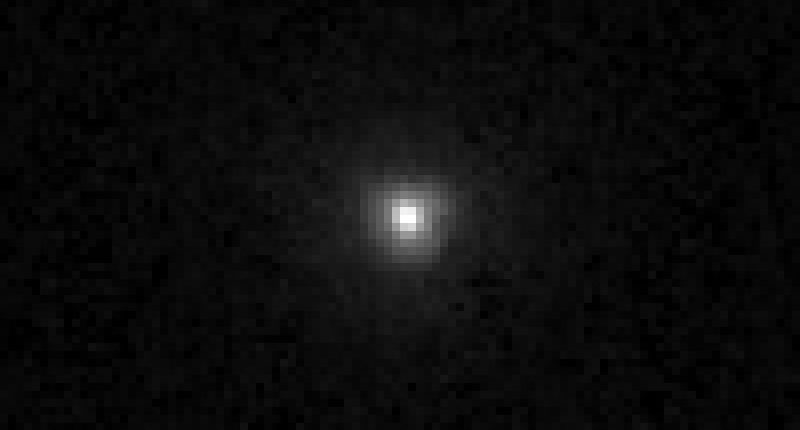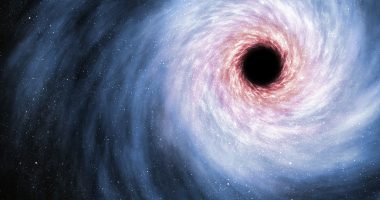A SMALL and mysterious object orbiting between Saturn and Uranus is “evolving”.
The object is surrounded by material that changes shape – and even appears to “mimic” rings at times.
It’s called 2060 Chiron, and it’s believed to be both a minor planet and a comet.
The object (first discovered in 1977) is surrounded by material orbiting it – previously believed to be a set of two rings.
But after repeated observations of distant Chiron, it turns out that the material is unstable – and is “currently evolving”.
Normally you would expect orbiting material around small objects to quickly “disperse”, scientists say.
Chiron is unique and may even be the “only object observed” to have enough material to mimic rings – but with a pattern that varies over just a few years.
“There is material orbiting around Chiron that is evolving on relatively short timescales,” said Planetary Science Institute Senior Scientist Amanda Sickafoose.
“Past stellar occultation observations have detected material around Chiron’s nucleus, and it was thought to be due to jets or a shell of surrounding debris.
“Data from a 2011 occultation were interpreted to be a two-ring system like that discovered at Chariklo.
Most read in News Tech
“The observation reported here, from 2018, is not consistent with the two-ring interpretation.”
Space Centaur
Chiron is classed as a Centaur, which is a small body on a “chaotic orbit” between Jupiter and Neptune – and that cross the orbit of at least one of the planets.
Little is know about the exact origin of the Centaurs, but they may come from the outer reaches of the Solar System – beyond Neptune and Pluto.
Scientists also don’t know where the material around Chiron originated, but it’s possible that it may come from the minor planet itself.
To track the material around Chiron, scientists took advantage of an event known as an occultation.
This is when an object is temporarily hidden from view by another.
It’s a great way to measure the sizes and shapes of the smaller objects in our Solar System.
And it can allow scientists to examine the atmospheres, rings and material that surrounds these space bodies.
“We observed a star passing behind the Centaur Chiron from the 1.9-m telescope in Sutherland,” said Sickafoose, who was lead author in the paper published in The Planetary Science Journal.
“We detected dips in the starlight as it was blocked by Chiron’s nucleus as well as by material located between 300 to 400 kilometers on either side.
“These data were used to rule out any substantial global atmosphere around Chiron.
Read More on The Sun
“The locations and amounts of material that were detected around Chiron are different enough from previous observations to suggest that there is not a stable ring system.
“But rather surrounding material that is currently evolving.”









